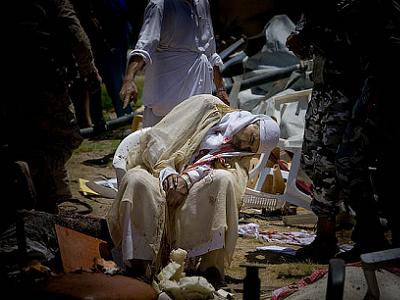
The sectarian strife in Iraq is making a comeback. (Photo: Zoriah.net/file)
By Ramzy BaroudAl Qaida-linked groups are wreaking havoc in Iraq, with deaths reported almost on a daily basis as a result of their ever-innovative killing tactics. The rise of militant violence throughout the country is happening within the framework of worsening sectarian tensions, which underlines a real national crisis that has been brewing for years.
The Sunni and Shiite strife, however, also reflects a growing polarisation in the Middle East region, which was greatly exacerbated by the advent of the so-called Arab Spring.
Missing from many Iraq-related political analyses is the US-led Iraq war, whose impact has devastated Iraqi society like no other event in recent Middle Eastern history. It will be greatly misleading to speak of Iraq’s current woes and ignore those who were the architects of such a crisis in the first place.
Almost every news report about Iraq violence cites another news report of another violent event somewhere else in the country. Thanks to hyperlinked text, we can now trace Iraqi violence as far as time allows. “At least three policemen were killed by suicide bombers on February 21 in the northern Iraqi city of Mosul,” reported Reuters. The Associated Press reported on the same day of an attack on an “army checkpoint north of Baghdad, killing four soldiers and wounding four others.” A few days earlier, a devastating series of bombings, “mainly targeting Shiite areas of Baghdad killed at least 21 people”, reported AFP. It is an endless chain reaction that seems to feed on itself.
Read more

No comments:
Post a Comment